Limassol History Facts and Timeline
(Limassol, Cyprus)
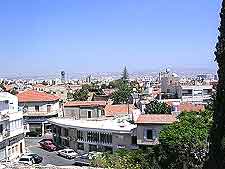
The history of Limassol makes this part of
Cyprus more than worthy of a visit, even before the pull of its beaches and extensive holiday facilities.
A centre of Cypriot culture, including wine-making, business and schooling, Limassol has lots of historic architecture, owing to its long past and the influence of the Byzantines and also the British. The ruins at nearby Kourion and Amathus are also popular.
Early History
Limassol came about after nearby Amathus fell by the wayside. It has been inhabited since 2000 BC, as evidenced by graves uncovered from this time. Other relics include the nearby ruins of the Sanctuary of Apollo Hylates at Kourion (just a short distance to the west), which have been restored.
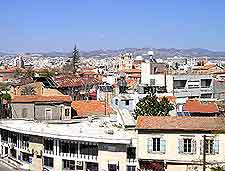
Apollo Hylates was the protector of Kourion and the town is loaded with magnificent buildings from his reign. These include a Greco-Roman theatre and the mosaic floors of the Annexe of Eustolios.
Basilicas and Castles
A basilica was built in Limassol in the 5th century AD under the Byzantines, who called the town Neapolis - literally meaning 'New Town'. By the 10th century, when the site was still under the command of Byzantium (the Eastern Roman Empire), Neapolis went by the name of Lemesos.
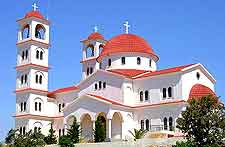
Byzantium had a castle built around this time that would later become one of the nine Cypriot castles. Today, it is Limassol's main landmark. Richard the Lion Heart married his queen (Berengaria of Navarre) here, near the old port.
Tourists frequently come to see the grounds where the royal marriage allegedly took place, more than 800 years ago. As you stand on this very spot, the ancient foundations of the Byzantine chapel of St. George will lie beneath your feet, while nearby is the Medieval Museum, replete with stunning gardens.
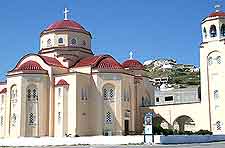
Too Many Cooks
Richard went on to take Cyprus, bringing an end to the long rule of the Byzantines. He destroyed the nearby town of Amathus, after which the locals moved to Limassol, and then sold Cyprus to the Knights Templar in 1192, before it passed to the house of Lusignan.
Throughout its history, Limassol prospered and was partly beautified by the Venetians, who bought Cyprus in 1489 after the decline of Lusignan rule. The Venetians also fortified Limassol Castle, due to frequent raids by the Ottoman Turks. This, however, did not keep the Turks out as they successfully invaded Cyprus in 1570, including Limassol.
Much of Cyprus was stifled under Ottoman rule, and Greek and Turkish residents were mostly segregated. Intellectuals emerged, nevertheless, and schools were set up here, including the founding of the Greek School in the second decade of the 19th century.
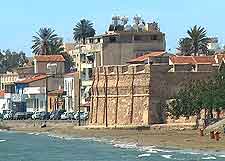
The British and Today
Cyprus saw the arrival of the British in the year of 1878, which resulted in many improvements to Limassol and a smoother-run Cyprus in general. The network of roads was upgraded, buildings erected, trees planted and the harbour developed. The British also established a post office and street lighting, as well as setting up various theatres and schools.
Greek Cypriots from the north flooded into Limassol following the Turkish invasion in 1974. However, the city was expanded and, together with commercialism, cosmopolitanism and the burgeoning tourist industry, Limassol history has become one of the island's main draws. The tourist strip is off to the east of the centre, with the British military base to the west. The Grand Mosque and Turkish baths are also worthwhile sights today.
 The history of Limassol makes this part of Cyprus more than worthy of a visit, even before the pull of its beaches and extensive holiday facilities.
The history of Limassol makes this part of Cyprus more than worthy of a visit, even before the pull of its beaches and extensive holiday facilities. Apollo Hylates was the protector of Kourion and the town is loaded with magnificent buildings from his reign. These include a Greco-Roman theatre and the mosaic floors of the Annexe of Eustolios.
Apollo Hylates was the protector of Kourion and the town is loaded with magnificent buildings from his reign. These include a Greco-Roman theatre and the mosaic floors of the Annexe of Eustolios. Byzantium had a castle built around this time that would later become one of the nine Cypriot castles. Today, it is Limassol's main landmark. Richard the Lion Heart married his queen (Berengaria of Navarre) here, near the old port.
Byzantium had a castle built around this time that would later become one of the nine Cypriot castles. Today, it is Limassol's main landmark. Richard the Lion Heart married his queen (Berengaria of Navarre) here, near the old port.
